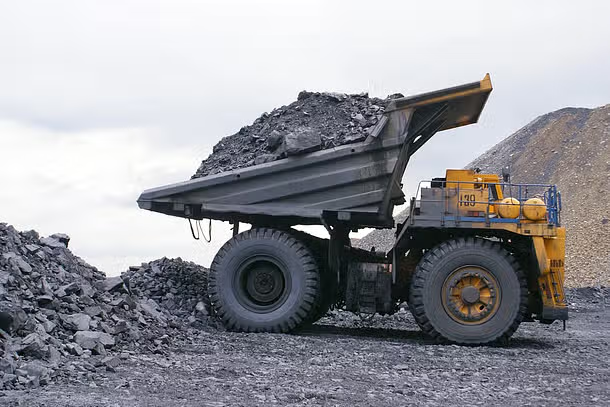In the world of industrial fuel sourcing, imported coal often carries a perception of being risky, especially with foreign exchange (FX) volatility. But here’s the catch – even with fluctuating currencies, imported coal might actually be more cost-effective than domestic alternatives.
So how does that work? Let’s break it down.

The Real Cost of Coal : Beyond Just the Price per Tonne
When evaluating coal prices, most buyers look at the price per tonne. However, that alone doesn’t reflect the true cost of combustion or energy output. What really matters is the calorific value (CV) — the amount of energy a coal grade produces.
Imported coal, especially from countries like Indonesia, South Africa, and Australia, often boasts higher and more consistent calorific values than certain domestic varieties. This means:
- Less coal required per unit of output
- Lower handling and transportation costs
- Reduced ash disposal costs
Net result: You burn less for more energy.
FX Fluctuations : A Real Risk, But Manageable
It’s true that importing coal means you’re exposed to the US Dollar-INR exchange rate, but many large-scale buyers hedge their FX exposure or absorb minor fluctuations because:
- Global prices of coal are often more competitive and flexible than domestic prices
- FX risk is offset by higher efficiency and consistent quality
- Long-term contracts provide price stability despite short-term volatility
Example: Even if FX increases 3-5%, a high-CV imported coal could still outperform domestic options in energy yield and overall cost.
Consistency = Predictability = Savings
One of the biggest hidden costs in industrial operations is variability. Domestic coal sources can vary in:
- Moisture content
- Volatile matter
- Ash percentage
- Sulfur levels
This leads to operational inefficiencies, higher maintenance costs, and even production delays. Imported coal, on the other hand, offers lab-tested consistency , every shipment is nearly identical in quality.
Less machine wear, better combustion, fewer surprises.
Case Study : Indian Steel Manufacturer
A mid-sized steel company in Andhra Pradesh shifted 60% of its fuel requirements from domestic coal to imported Indonesian 5000 GAR coal.
Results after 6 months :
- 9.8% lower fuel cost per tonne of steel
- 25% drop in maintenance downtime
- Improved production planning due to predictable combustion rates
Despite a 4.2% rise in USD-INR exchange during the same period, the net cost was still lower.
Q&A : Common Buyer Concerns
Q : Won’t customs duties and shipping negate the savings?
A : Not necessarily. Many imported coals come under bulk contracts with optimized logistics, and duties can vary based on trade agreements.
Q : What if FX rates skyrocket?
A : Long-term supply contracts often include FX buffers or price bands. Also, hedging tools (for large buyers) are available.
Q : Isn’t domestic coal more “secure”?
A : Supply chain disruptions, grade inconsistency, and transport delays can affect domestic sources too. International suppliers are often more reliable due to competition and reputation.
Strategic Diversification Is the Key
Just like you wouldn’t depend on a single customer, depending entirely on domestic coal might be risky in today’s dynamic energy market. Imported coal helps diversify your sourcing strategy, reduce unpredictability, and often lower total costs.
Imported coal isn’t just about price. It’s about performance.
Even with currency swings, the net economic value often makes it a smarter choice, especially when consistency, calorific output, and operational efficiency are factored in.The smartest buyers aren’t just watching the price – they’re watching the value.
